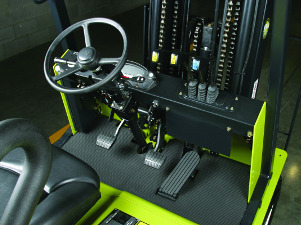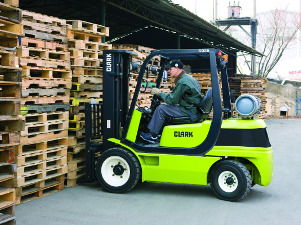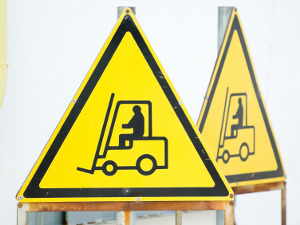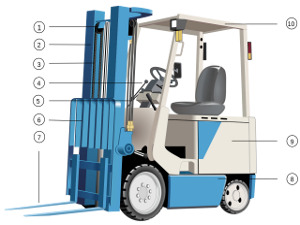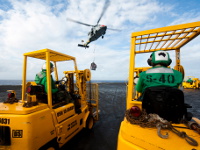Load handling on a forklift

Controlling a forklift, as taught in our course, uses three main movements - there is the movement of raising and lowering the forks, then the movement of tilting the mast of the forklift towards and away from each other, and the movement of moving the carriage with the forks sideways. On some models, it is also possible to control the movement of the forks and the spacing between them, or what is known as positioning.
Forklift truck operator course teaches the correct control of the equipment and the handling of the load. On this basis, the participant can then obtain a forklift licence. One of the key elements of the training is learning how to load and unload pallets, which is what the operator's job entails.

When loading and unloading, it is necessary to remember at the same time the rules for the correct manoeuvring of the equipment. It is forbidden to move too fast, especially with heavy loads, which can cause the forklift to tip over and endanger the operator and the environment. The forklift course therefore also provides key information on health and safety in the operator's position.
Each forklift course teaches the correct loading and unloading of loads, both in theory and practice, which later forms part of the examination on the basis of which the following are awarded UDT qualifications necessary to work with the equipment of each type in question.




























